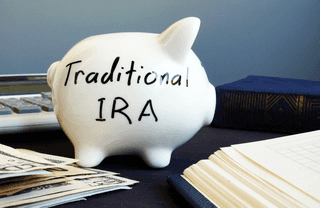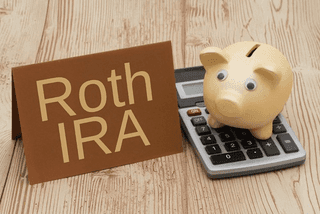You have done your homework. You have read up on the Self-Directed IRAs available to you. You have learned what self-directing means, and you may even have a plan for investing your money once you have a Self-Directed IRA open. But there’s still that first barrier to cross: the all-important first step. What is the easiest way to get started? And what kinds of preparation will you have to handle before you can get started with a Self-Directed IRA? Let’s explore the specific steps that may constitute the first on your retirement journey.
Step One: Opening a New Self-Directed IRA
Your first step in the journey is to choose and open the kind of Self-Directed IRA you want to have. Ideally, by this time, you’ve done plenty of research as to which type of account might work best. There are Self-Directed Traditional and Roth IRAs, SEP IRAs, Solo 401(k) plans, HSAs, Coverdell Education Savings accounts—the list goes on and on. Once you’ve read up on each and talked it over with a financial planner or accountant, you’ll probably be ready to move on and select the way you want your retirement to be structured.
At TurnKey IRA, for example, we simply recommend that our clients open an account with us. From there, they’re free to move on to step two.
Step Two: Fund Your New Self-Directed IRA
Once you have an account open, you now have to get money in it! It sounds simple, but this can actually be a bit more complicated if you haven’t looked into it yet. You’ll have a few options here:
- Make a contribution. Each retirement plan will have a limit as to how many direct contributions you can make; however, this is the most straight-forward method of funding account there is.
- Conversion: If you withdraw all or part of your assets with a Traditional IRA, for example, you could then reinvest them in a Self-Directed IRA within 60 days of the distribution from that Traditional IRA. However, you should remember the taxable consequences that will take place because of this conversion before taking the Traditional IRA distribution.
- Rollover: This is a tax-free distribution of cash/assets from a retirement account to another retirement account. You can only do one rollover within 12 months, and there is no taxable event if you roll the funds over into the proper account within 60 days after taking the distribution.
- Transfer: The most direct method, this is a “trustee-to-trustee transfer” which means that you are not adjusting the account type, but rather changing where you are keeping the same type of account. You can do unlimited transfers and there are no taxes on it; however, you do have to meet the requirements.
Step Three: Choose Your Investments
With a Self-Directed IRA, you are now free to choose from a wide variety of potential retirement investments. You can invest in real estate, stocks, precious metals, LLCs—the list goes on and on. From there, you will send the Buy Direction letter to your Self-Directed IRA administration firm. We can then take on the transaction to make sure that it goes as smoothly as possible. Remember that everything will be held in the account’s name, and not your own personal name.
After that, it’s time for payment authorization; this is usually the case if you need to authorize monthly payments to a property manager on a real estate property, for example.
Contact TurnKey IRA at 844-8876-IRA (472) for a free consultation. Download our free guide or visit us online at www.turnkeyira.com.











